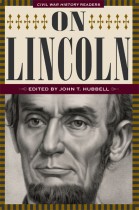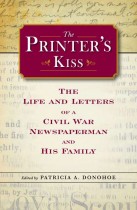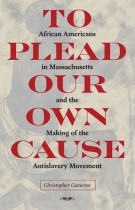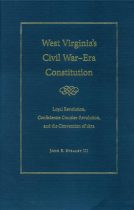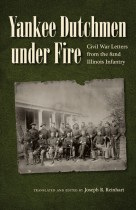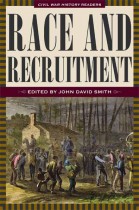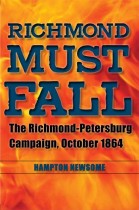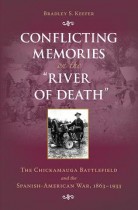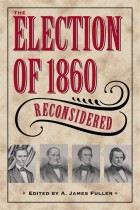Work for Giants
Thomas E. Parson | Filed under: Audiobooks, Civil War Era, Civil War Soldiers and Strategies, History, Military History, Understanding Civil War History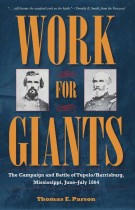
During the summer of 1864 a Union column, commanded by Maj. Gen. Andrew Jackson Smith, set out from Tennessee with a goal that had proven impossible in all prior attempts—to find and defeat the cavalry under the command of Confederate major general Nathan Bedford Forrest. Forrest’s cavalry was the greatest threat to the long supply line feeding Sherman’s armies as they advanced on Atlanta.

